‘Daredevils’ Confront Niagara Falls’ Roaring Waters Yet Again In New Exhibition
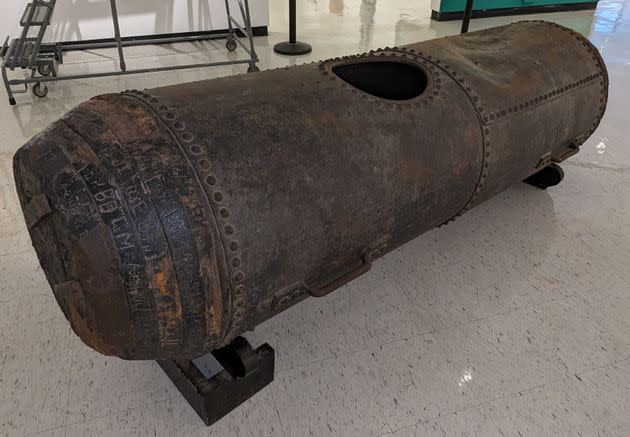
Over a century ago, daredevil Bobby Leach hopped inside a fully riveted, 1/2-inch steel barrel for his trip over Niagara Falls in 1911.
Today, after a forklift successfully situated the device at the nearby Castellani Art Museum of Niagara University, the barrel joins a number of artifacts from the famed falls’ history that are part of a recognition of iconic feats.
“Daredevils of Niagara Falls: The Spectacle of Triumph and Tragedy” — an exhibition opening Wednesday at Castellani — reexamines daredevils’ acts that are ingrained in the famed falls’ history, from enduring barrel trips down the natural wonder to tightrope walks over the waters below.
Visitors can explore a dynamic range of objects, such as the rubber ball Joseph Albert “Jean” Lussier used to go over the falls in 1928, a piece of rope from one of acrobat Charles Blondin’s walks over the Niagara Gorge, and a vintage photo display that tourists used to look as if they were going “over the falls in a barrel.”
It’s unlike your traditional art exhibition, according to Michael J. Beam, Castellani’s curator of exhibitions and special projects.
“They’re all, in a way, performance artists. But instead of performing by painting your body or doing performance dance or making something, they’re literally risking their life for their art,” said Beam, who added that the daredevils deserve “respect” for their work.
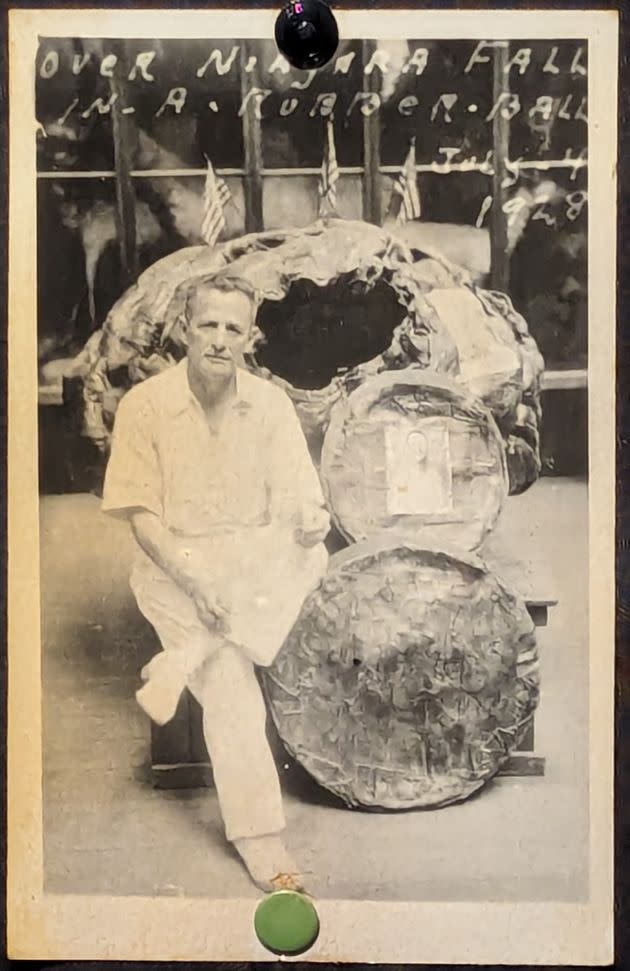
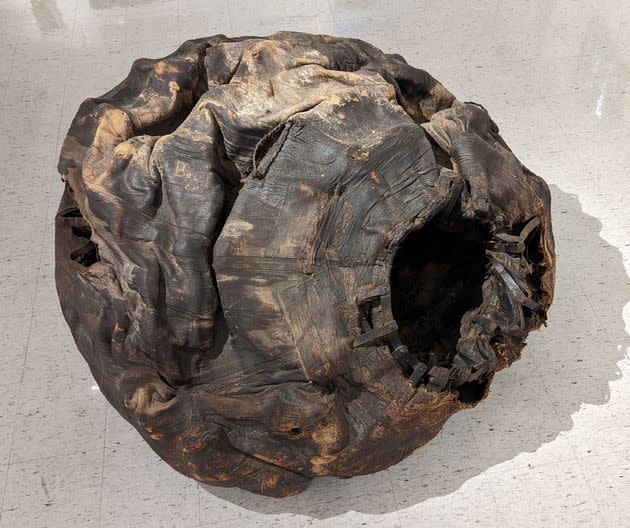
Beam said the exhibition “really embodies” the spirit of Phineas T. Barnum, known for his circus as well as his New York City museum of curiosities.
“The idea of daredevils is real exciting; it’s glorious, but there’s a dark side to it, too, so I tried to incorporate some of the darker aspects that people don’t always think of,” he said.
One such artifact is the “Red Hill” Life Saving Grappler, a device that daredevil and rescuer William “Red” Hill Sr. used to rescue people and retrieve bodies from the Niagara River.
The device from Hill, who the museum notes saved 28 people and recovered the bodies of 177 others, consists of a wood box holding ropes with lead weights and steel hooks that he would use to lasso bodies and pull them in.
Hill Jr., who became a daredevil like his father, died in 1951 after attempting to go over Horseshoe Falls — the largest of Niagara’s three waterfalls — in a barrel-like creation dubbed “The Thing.”
The U.S. and Canada, following his death, would make it illegal for daredevils to take part in such acts at Niagara Falls.
Nik Wallenda would later get approval from both countries’ governments ahead of his tightrope walk over the falls in 2012.

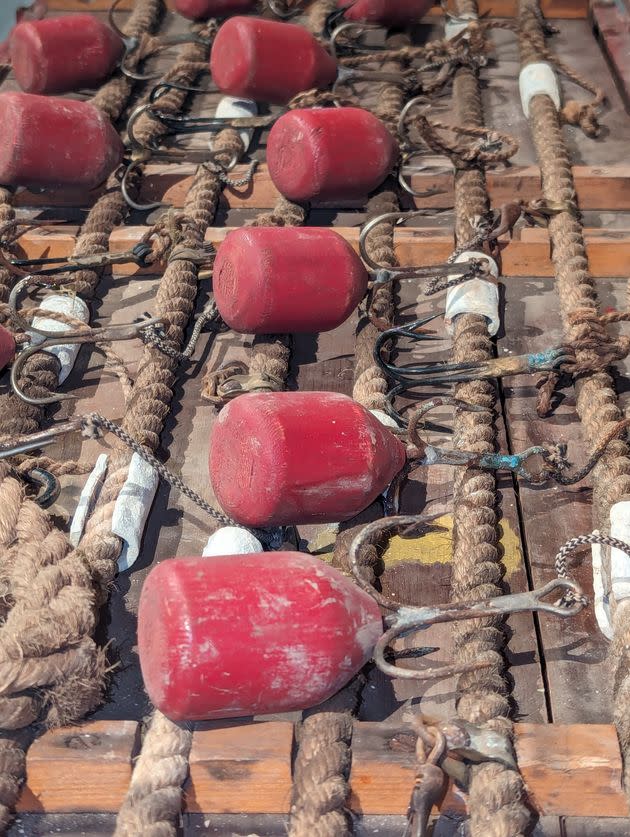
The exhibition also highlights lesser-known daredevils, such as Martha Wagenfuhrer, a native of nearby Buffalo, who became the first woman to go through the rapids and Niagara Whirlpool in a barrel in September 1901.
But her act, which she planned to do during President William McKinley’s visit to town, was delayed, and her eventual launch was met with lessened attention as the press had flocked to Buffalo due to McKinley’s assassination.
Wagenfuhrer’s trip arrived just before Anna “Annie” Edson Taylor became the first person to survive a trip over Niagara Falls the next month.
Outside of 100-plus-year-old acts, the exhibition toys with the contemporary, as visitors can watch a screening of alternative rock band Primus’ 1997 video for “Over the Falls,” which pays homage to Leach.
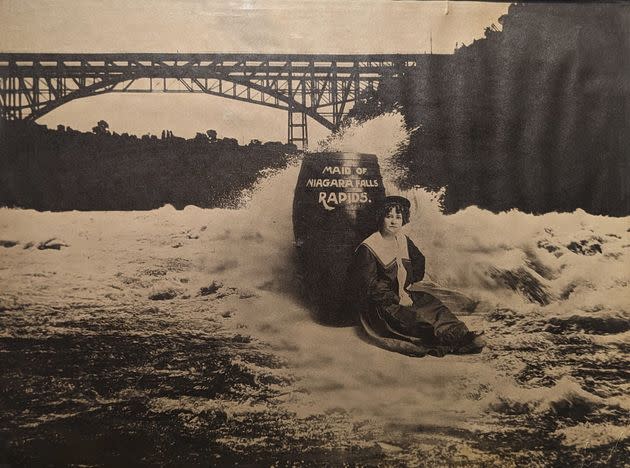
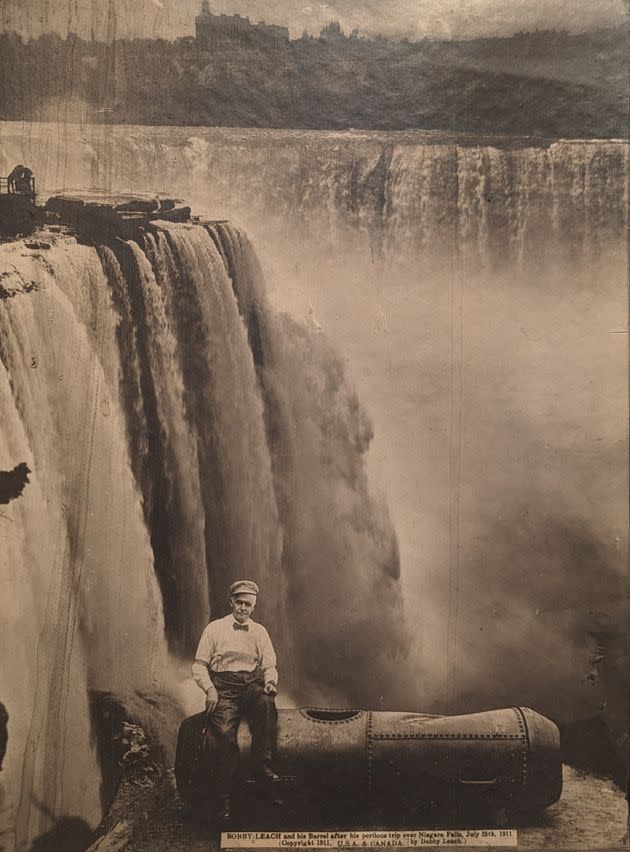
“Daredevils” merges works from the museum’s Charles Rand Penney Historical Niagara Falls Print Collection, which includes the first known print of the falls, with artifacts from the former Niagara Falls Museum and Daredevil Hall of Fame owned by Jacob Sherman, a descendent of the latter museum which closed its doors in 1998.
“This part of history doesn’t seem to be getting a lot of attraction,” said Beam, who noted that some of the exhibition hasn’t been seen in 25 years.
“Tourists, I think, have been really thirsty for attention to Niagara Falls daredevil history. It’s been three years in the works, but now we have the opportunity to share that with millions of people who come to the falls.”
Castellani will host an opening reception for “Daredevils” on June 6, and the exhibition will run through Oct. 13.

